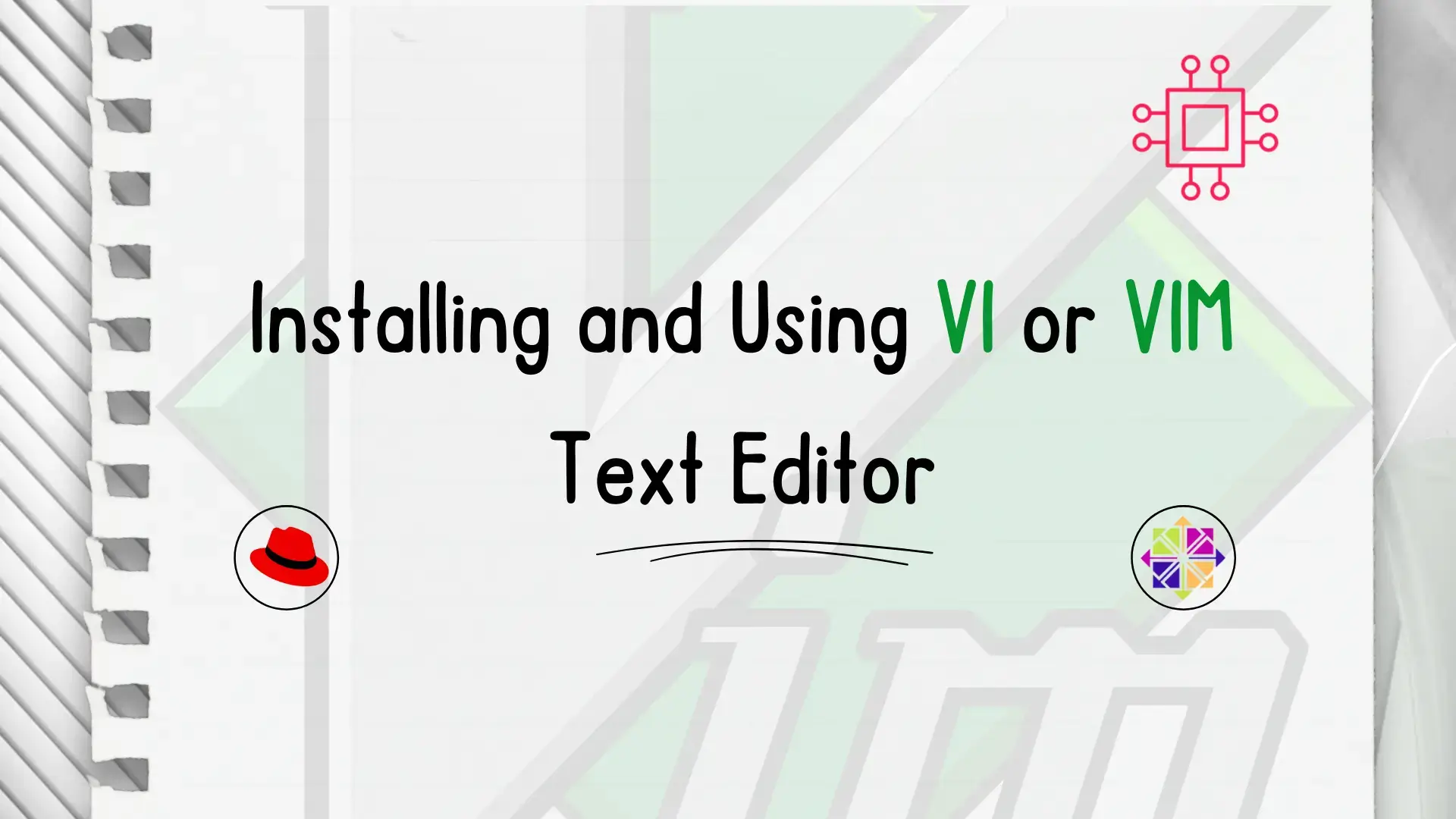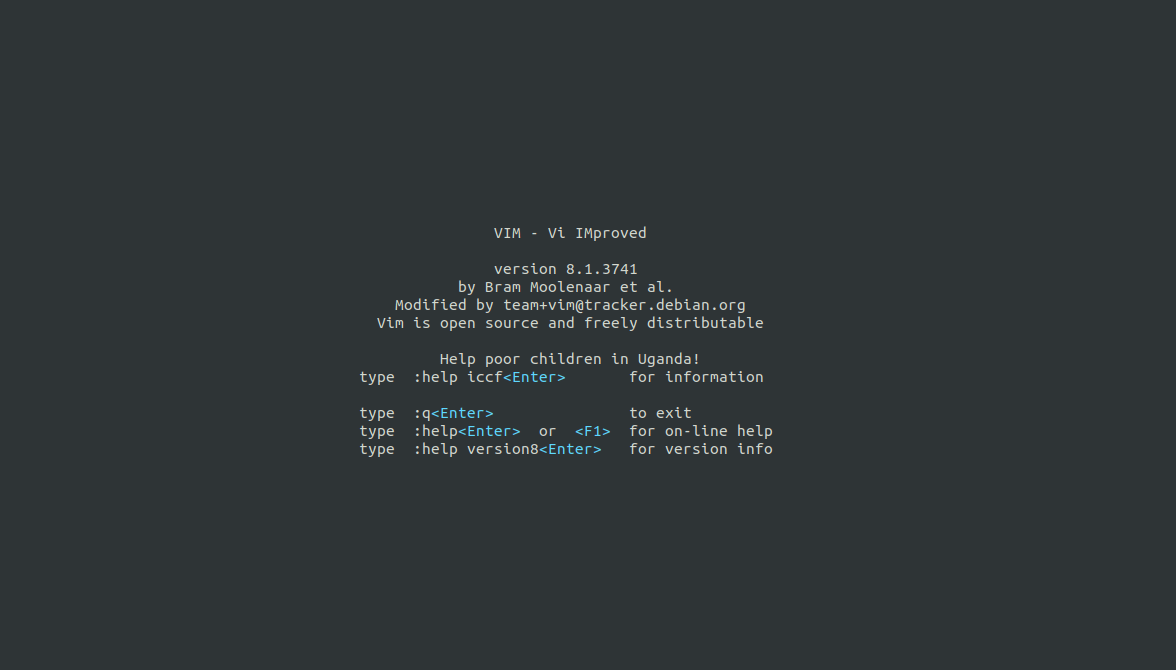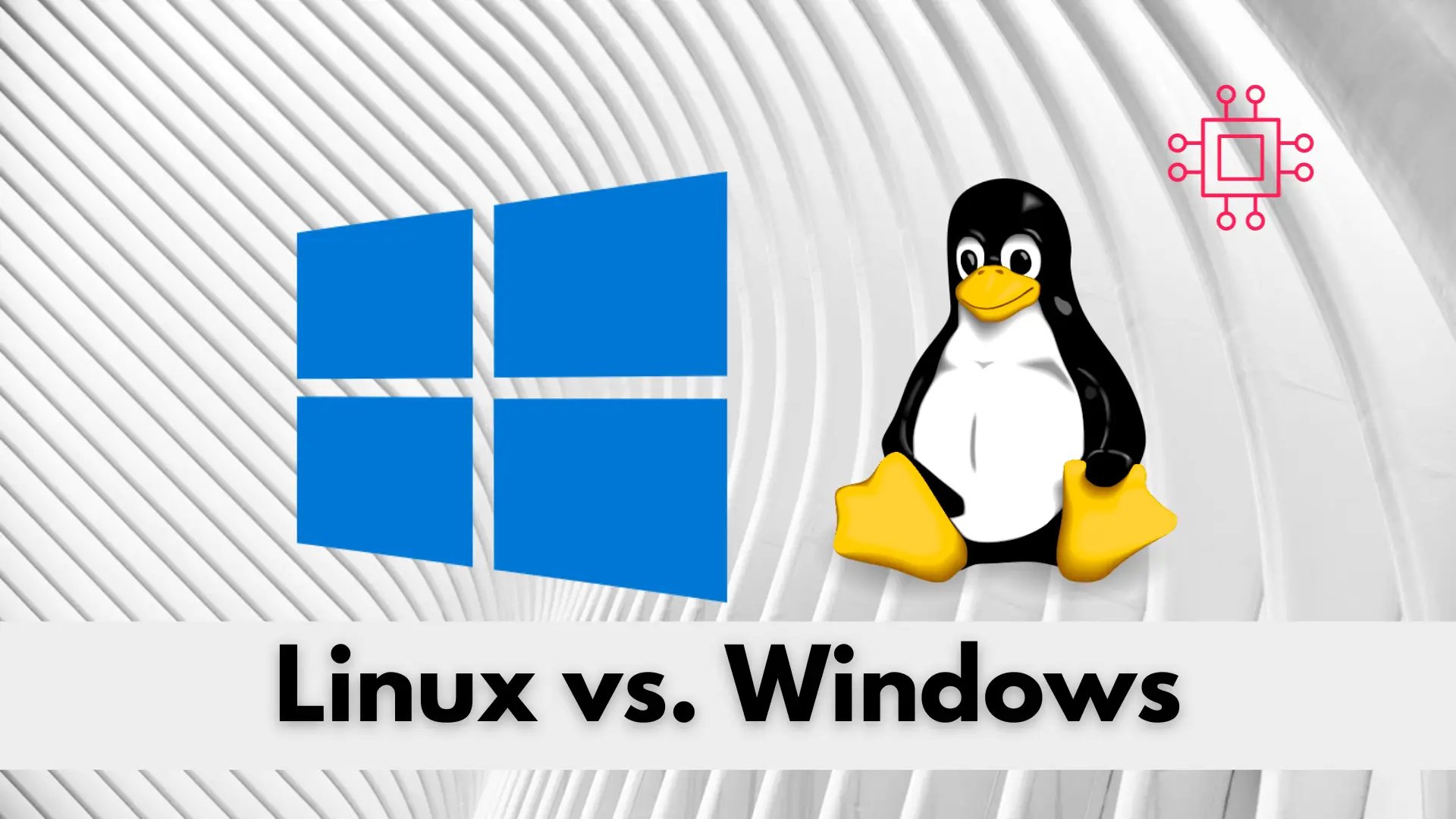
In this article, we will review the top 10 most commonly used Git commands. You can’t call yourself a competent DevOps Engineer or IT professional

In this article, we will review installing and using Vi or Vim, a versatile and powerful text editor commonly found in Unix-based operating systems like Linux and macOS, as well as being available for Windows.
Vim, also known as Vi Improved, is a popular text editor that is widely used by Linux professionals. It is a powerful tool that allows users to edit and manipulate text quickly and efficiently. Vim has been around for over three decades, and its popularity continues to grow among developers, system administrators, and other Linux professionals. In this article, we will explore the history of Vim, its features, and how to install and use it.

Photo by admingeek from Infotechys
Vim was created in 1991 by Bram Moolenaar, a Dutch programmer. He based Vim on the Vi editor, which was created in the early 1970s as part of the Unix operating system. Vi was designed to be a small and fast editor for Unix, and it quickly became popular among Unix users.
Moolenaar created Vim as an improved version of Vi. Vim added many new features to Vi, such as syntax highlighting, multi-level undo, and support for plugins. Vim also had better performance and could handle larger files than Vi.
Since its creation, Vim has become one of the most popular text editors for Unix and Linux systems. It has a large and active community of users and developers who continue to improve and extend its features.
Vim is a powerful text editor that offers many features that make it popular among Linux professionals. Here are some of its most notable features:
Modal editing: Vim uses a modal editing interface that allows users to switch between different modes for editing, selecting, and navigating text. This interface makes it easy to perform complex editing tasks quickly and efficiently.
Syntax highlighting: Vim can highlight the syntax of many programming languages, making it easier to read and understand code.
Multi-level undo: Vim allows users to undo multiple changes to a file, even if they were made hours or days ago.
Macros: Vim allows users to record and play back macros, which are sets of commands that can be executed with a single keystroke.
Plugins: Vim has a large and active community of developers who create plugins to extend its features. There are plugins for everything from syntax highlighting to code completion.
Vim is installed by default on most Unix and Linux systems. If it is not installed on your system, you can install it using your system’s package manager. For example, on Ubuntu and Debian systems, you can install Vim by running the following command:
$ sudo apt-get install vim
You can install Vim by running the following command (For RHEL/CentOS7):
$ sudo yum install vim
On RHEL and CentOS versions 8 or higher, run the following:
$ sudo dnf install vim
Vim can be a little intimidating for new users because of its modal editing interface. However, once you get the hang of it, it is a very efficient and powerful text editor. Here are some tips for using Vim:
Normal mode: This is the default mode. In this mode, you can navigate the text, search for text, and execute commands.
Insert mode: In this mode, you can enter text into the file.
Visual mode: In this mode, you can select text for editing or copying.
Navigating the text: You can navigate the text in Vim using the arrow keys, or by using the h, j, k, and l keys (which correspond to left, down, up, and right, respectively). You can also use the Page Up and Page Down keys to navigate through the file.
Searching for text: You can search for text in Vim by using the / key followed by the text you want to search for. For example, if you want to search for the word “example, you would type /example and press Enter. Vim will highlight the first occurrence of the word “example” in the file. You can press n to jump to the next occurrence of the word.
Vim is a powerful tool that can be used for many tasks that are common among Linux professionals. Here are some examples:
Editing configuration files: Linux systems use many configuration files that can be edited with Vim. For example, the /etc/hosts file contains a list of hostnames and IP addresses. This file can be edited with Vim to add or remove entries.
Editing scripts: Linux professionals often write scripts to automate tasks. Vim can be used to edit scripts and ensure they are formatted correctly and free of errors.
Programming: Vim is an excellent text editor for programming. It supports syntax highlighting for many programming languages and has plugins for code completion and debugging.
System administration: Linux professionals often need to edit system files, such as those in the /etc directory. Vim is a powerful tool for editing these files because it can handle large files and has features like multi-level undo.
Vim is a powerful text editor that is popular among Linux professionals. It has a rich history and a large and active community of users and developers. Vim’s modal editing interface can be a little intimidating at first, but it offers many advantages over other text editors. With practice, Vim can be a very efficient and powerful tool for editing and manipulating text. If you are a Linux professional, learning to use Vim can help you become more productive and efficient in your work.
Was this article helpful to you? If so, leave us a comment below. We’d love to hear from you!
Related Posts

In this article, we will review the top 10 most commonly used Git commands. You can’t call yourself a competent DevOps Engineer or IT professional

If you’re deciding between Linux and Windows for your next operating system, knowing the key differences between the two could save you time, money, and

When it comes to popular text editors for Linux, text editors are like wallets. Everybody’s got one and more importantly, everyone’s choice of a text
